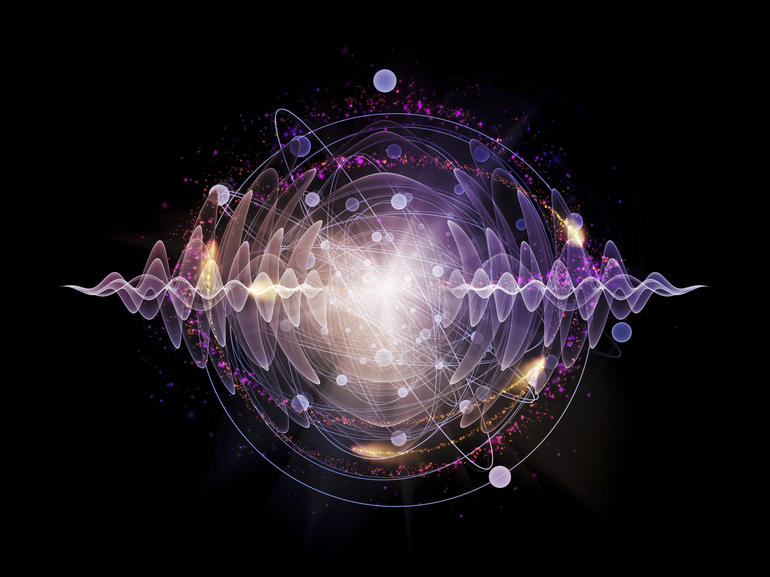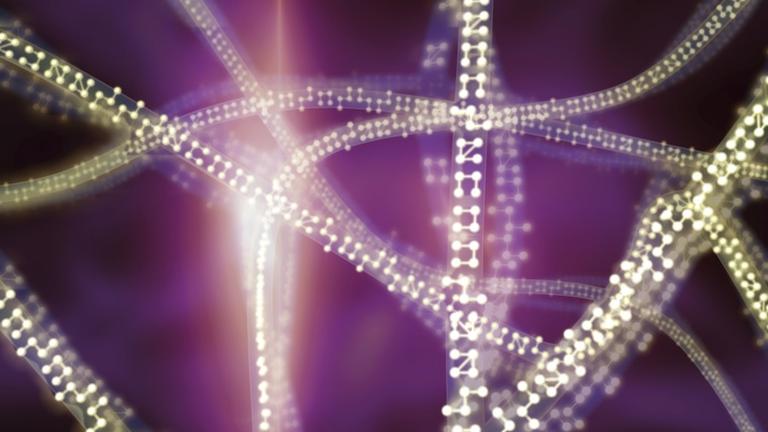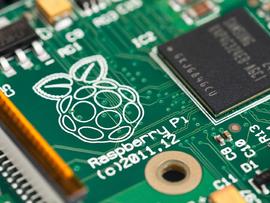D-Wave's next generation Pegasus topology increases connectivity between qubits, and is used in an upcoming 5,000+ qubit system the company unveiled.
Canadian quantum computing firm D-Wave announced the next generation of their quantum computing topology, Pegasus, on Wednesday. Pegasus represents a significant improvement to D-Wave's current-generation Chimera technology.
According to a whitepaper describing the new architecture, "In the Chimera topology, qubits are considered to have a nominal length of 4 (each qubit is connected to 4 orthogonal qubits through internal couplers) and degree of 6 (each qubit is connected to 6 different qubits through couplers). In the Pegasus family, qubits have a nominal length of 12 and degree of 15." D-Wave claims this as "two and a half times more connectivity," in a press release.
This connectivity is achieved by adding a third type of connection. Both the Pegasus and Chimera designs utilize qubits arranged vertically and horizontally. These are connected using internal couplers that connect qubits with opposite orientations, and external couplers that connect qubits that are in the same row or column. The Pegasus architecture adds odd couplers, "connecting parallel qubit pairs in adjacent rows or columns," according to the whitepaper. D-Wave published a visualization of how this works:

The connectivity between qubits influences how problems are solved. Higher connectivity allows for more complex problems to be solved using the same number of qubits. Likewise, with higher connectivity, less qubits are needed to solve problems.
"Qubits end up representing variables in a problem, and connections between qubits can represent relationships or constraints between variables," D-Wave processor design vice president Mark Johnson said. "Qubit connectivity does not impact the speed of solving the problem directly."
For problems larger than the number of qubits available on the processor, developers can segment a problem into individually calculable chunks, with each chunk reassembled to provide a given answer. Tools to segment these problems are available from D-Wave Leap, with tools to generate the Pegasus topology available from D-Wave Ocean.
SEE: IT leader's guide to the future of quantum computing (Tech Pro Research)
In contrast, Google's 72-qubit Bristlecone design has only nearest-neighbor connectivity, while the current generation IBM Q quantum computers have 20 qubits, connected by a skew-square symmetric lattice. Other factors, including noise, influence the performance of quantum computers, with IBM suggesting "quantum volume" as a more meaningful metric for measuring the capabilities of a quantum computer. It measures the number of qubits, the connectivity of the qubits in the computer, the error rate of calculations, and the extent to which operations can be run in parallel.
The disparity in the number of qubits in systems from D-Wave and competing vendors is the result of differing philosophical approaches to how these systems are built. D-Wave's approach to quantum computing relies on a design centered around quadratic unconstrained binary optimization (QUBO). Strictly speaking, D-Wave systems should be understood as "quantum annealers," which are not precisely general-purpose quantum computers, they would not be useful for tasks such as integer factorization, which would be necessary to break commonly used encryption systems.
Enterprise users have leveraged D-Wave's quantum systems in optimization tasks. German car manufacturer Volkswagen and Japanese auto components firm Denso have both (separately) worked with D-Wave to develop traffic flow optimization models. Similarly, Tohoku University in Japan used D-Wave quantum computers to develop tsunami evacuation models, as part of research related to the March 2011 Great East Japan Earthquake.
An as-of-yet unnamed 5,000 qubit system will be brought online for cloud access by mid-2020, with on-premise installation available in mid-2020.
For more on D-Wave's quantum technology, check out TechRepublic's cheat sheet to D-Wave quantum computers.
Also see
- 3D printing: A cheat sheet (TechRepublic)
- Raspberry Pi 3 Model B+: An insider's guide (TechRepublic download)
- Hardware decommissioning policy (Tech Pro Research)
- How to securely erase hard drives (HDDs) and solid state drives (SSDs) (ZDNet)
- Best 2-in-1 laptops, convertibles, and hybrid laptops for business 2018 (ZDNet)
- Best cell phone trade-in options for iPhones and Android phones (CNET)
- Clean out junk files in Windows 7, 8.1, and 10 (Download.com)
- Raspberry Pi: More must-read coverage (TechRepublic on Flipboard)











